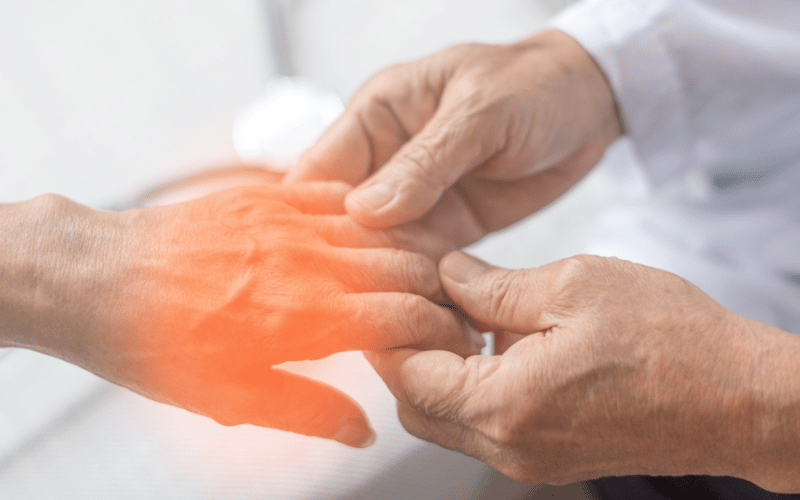Symptom 2: Tingling and Prickling Sensations

Many of us have experienced that unsettling feeling of ‘pins and needles’ when we sit in a certain position for too long. With GBS, this sensation is magnified, pervasive, and often unprovoked by any discernible cause. This tingling, which often starts in the toes or fingers, isn’t a fleeting annoyance. Instead, it becomes a constant companion, reminding patients of the nerve turmoil that’s happening beneath the surface.
Initially localized, this prickling sensation has a tendency to spread. From the extremities, it can move inward, affecting larger portions of the body. Its intensity can vary – for some, it’s a mild tingling, while for others, it’s a more pronounced, disruptive sensation. It’s akin to an itch you can’t scratch, present, persistent, and a continuous source of discomfort.
At its heart, GBS is a case of mistaken identity. The body’s immune system, for reasons not entirely clear, starts viewing the myelin sheath of peripheral nerves as a threat. In its bid to ‘protect’ the body, the immune system launches an attack on this protective layer. As this sheath gets damaged, nerve signals misfire, manifesting as the tingling and prickling sensations that GBS patients report.
While there’s no magic pill that instantly banishes these sensations, managing the root cause—GBS itself—brings relief. As the underlying condition is treated and the body stops its assault on the peripheral nerves, the sensations gradually diminish. Supportive treatments, like pain management and even certain medications, can offer symptomatic relief, ensuring patients maintain their quality of life. (2)